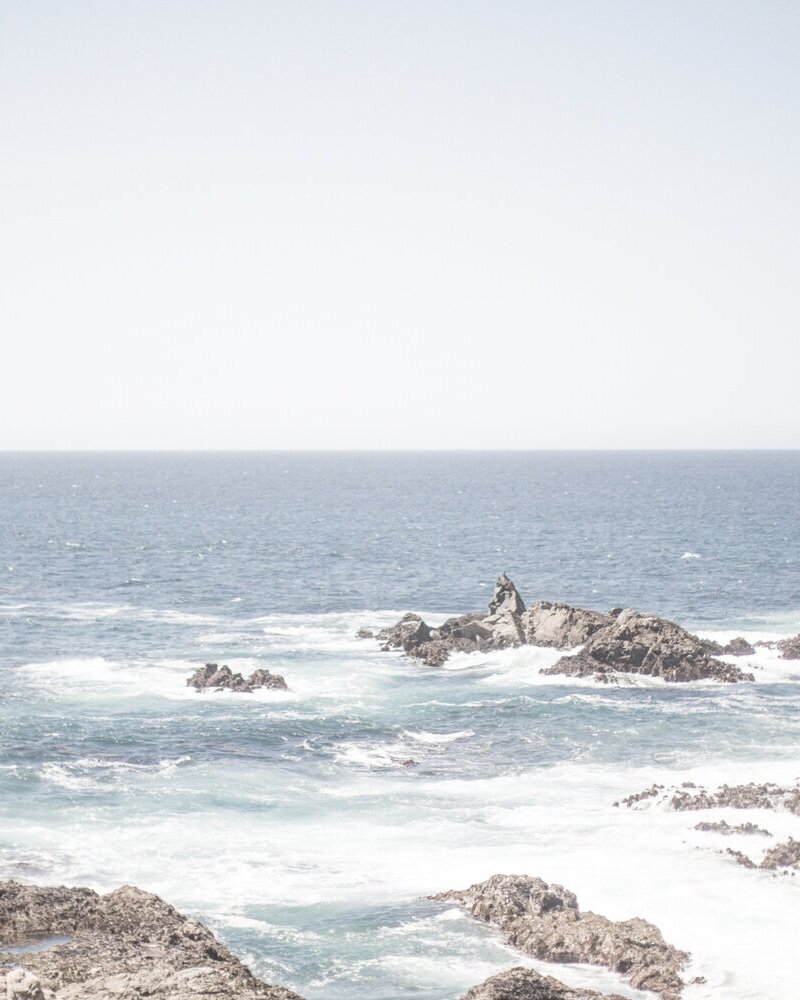
This Morning Routine Will Improve Your Mood
It all begins with an idea.

How to Take An Effective Mental Health Day
It all begins with an idea.

The Beginners Guide to Meditation

Exercises To Calm Your Anxious Thoughts
It all begins with an idea.